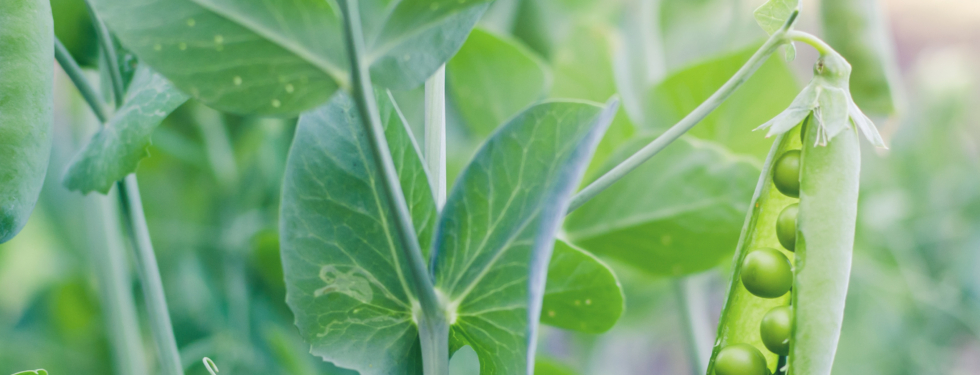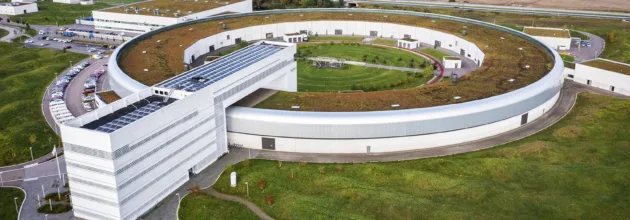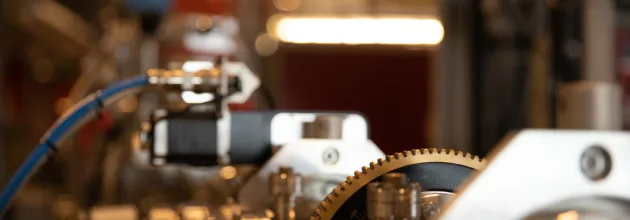A new study presents a multi-angle approach to investigating the step-by-step breakdown of vegan proteins in the stomach. It is a research area that is becoming increasingly important as we seek new protein sources to reduce climate impact. Protein digestion is crucial for both the absorption of nutrients and the immune response to potential allergens. A gel of pea protein was exposed to artificial gastric fluid, and the researchers used several techniques to study how the gel was broken down into smaller parts.
Highlights
A record year for research at MAX IV
MAX IV is making significant societal contributions in terms of record-high scientific productivity. In 2023, the number of publications increased by 51% compared to the previous year, and the number of unique users increased by 31%. Moreover, the number of proposals submitted in the most recent Open Call was higher than ever.
Conceptual design for three potential new beamlines developed with WISE
After successfully bringing the first 16 funded beamlines into operation, we now look into the future. In collaboration with the Wallenberg Initiative Materials Science for Sustainability (WISE), funded by the Knut and Alice Wallenberg Foundation and together with the scientific community, MAX IV will develop the conceptual designs for three potential new materials science beamlines.


